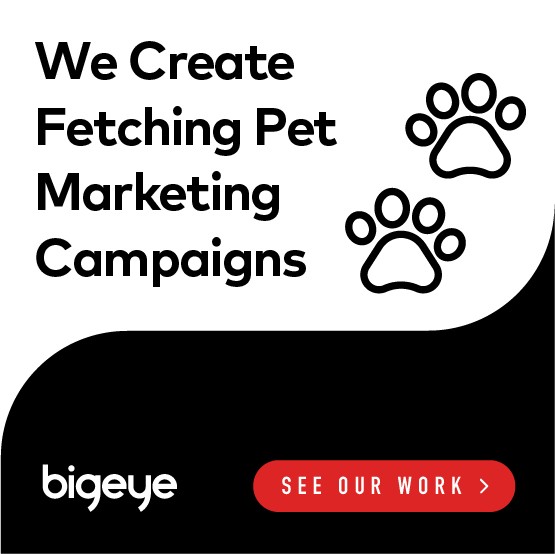
Don’t knock influencer marketing when building your strategy for pet products. This type of marketing amplifies word-of-mouth marketing through social media.
Do you trust a random TV actor pitching a product?
What about a celebrity pitch person — someone you’re familiar with? Would you trust this person more?
How about a close personal friend whose opinions you respect? Does their product recommendation carry even greater weight?
In most cases, the answer to these questions are all in the affirmative. There is a definite spectrum in terms of whom we trust — that’s one reason why word-of-mouth marketing has historically been so effective. People trust friends, family members and people they respect more than faceless corporations.
Influencer content marketing offers many of the same benefits associated with word-of-mouth marketing, and amplifies those benefits by including the reach of social media. Let’s take a closer look at the current state of influencer marketing, how it can specifically be used to sell pet products more effectively, and the benefits of working with an influencer marketing agency.

Influencer marketing: a maturing market
The growth of influencer marketing has been nothing short of astonishing over the last few years. Just consider these statistics from Influencer Marketing Hub’s “The State of Influencer Marketing in 2020” report:
- The industry is worth nearly $10 billion, growing from $1.6 billion in 2016.
- Average earned media value per $1 spent has jumped to more than $5.
- The number of micro-influencers used by large companies has tripled in three years.
- 80% of respondents plan to have a dedicated influencer marketing budget in 2020.
- 91% of respondents believe influencer marketing is an effective tactic for growing a customer base.
2020 Influencer Trends
As those statistics show, it’s on a rapid growth trajectory. Yet to get the most out of your influencer marketing campaigns, it’s essential to have your finger on the pulse of evolving trends. eMarketer’s recently published “2018 Influencer Marketing Report” cites the following trends for 2020:
- 48% of businesses plan on using celebrity (or “macro”) influencers, while 45% will use micro influencers.
- Instagram is the preferred platform for influencer marketing, with 100% of report respondents using it. 85% use Facebook, 67% reported using YouTube, Snapchat 44% and Twitter 33%.
- TikTok, which is seeing some of the fastest growth among social platforms, is expected to be a major player in influencer campaigns in 2020.
- Influencers will continue to cross-over from having niche social media followings to being full-fledged celebrities. While this will give the most prominent macro influencers more leverage with businesses seeking to work with them, it also greatly expands their potential orbit of influence.
How can this be applied to pet products?
The pet industry is a natural home for influencers. People are devoted to their animals and love to consume and share pet-related content over social media. It’s estimated that one-quarter of all social content is pet-related and that one-fifth of pet owners have created a social media account specifically for their animal. The #dogsofinstagram hashtag alone is closing in on 200 million posts. Social media influencer marketing agencies that are solely dedicated to working with famous animal accounts have sprung up in the last couple of years, attesting to the power of this phenomenon.
Companies seeking to sell pet products, therefore, have a powerful advantage relative to businesses in other industries: An army of potential influencers waiting to be leveraged. Pet bloggers and owners of pet social media accounts number in the millions, which means that the pool of available influencer talent is vast. Given that the ability to source influencers is perennially ranked as one of the most difficult challenges for firms engaged in influencer marketing, this is a considerable advantage.
There is an obvious parallel to be drawn here: Mommy bloggers. Brands, over the last ten years, profited enormously from their partnership with high-profile mommy bloggers, who were able to build vast and deeply engaged audiences across various social platforms and websites. Parent-focused social media marketing become a core strategy for countless brands, and helped generate billions in new revenue.
Pet industry brands have a similar opportunity to leverage pet bloggers in the same way, given their sizable numbers and considerable reach. Pairing this approach with some of the trends we’ve cited above is a winning strategy for 2020 (we especially encourage brands to focus on integrating TikTok into their influencer marketing strategy, as that platform is poised to become perhaps only second to Instagram in terms of cultural cachet and reach).
Finding the right influencer marketing agency
At Bigeye, we are experts at crafting compelling influencer marketing campaigns rooted in a deep understanding of the latest trends and technologies. If your pet product campaign needs a boost, we encourage you to reach out to us today — and learn what the right influencer marketing campaign can do for your brand.


